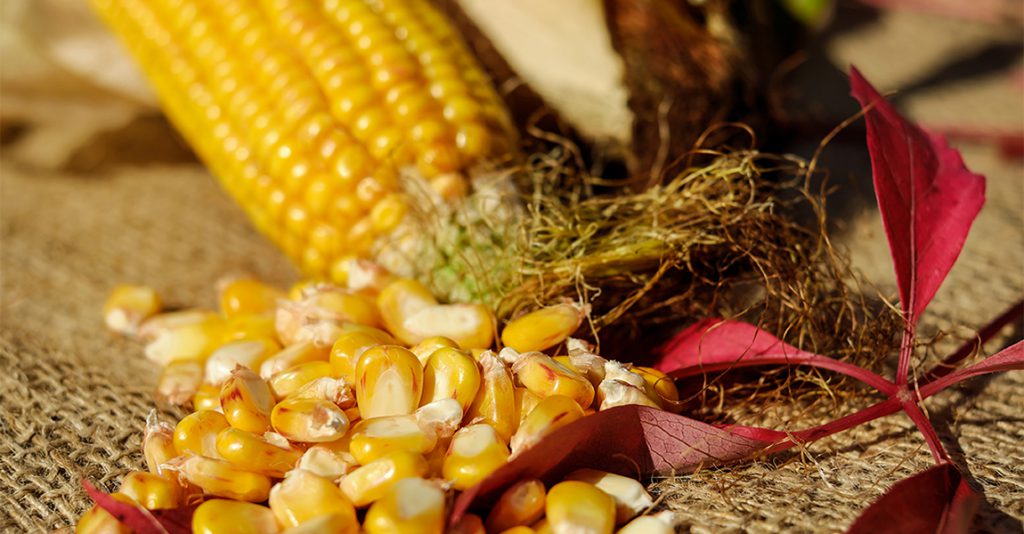
2017 Corn Yield Review
Why were corn yields so high in many areas of the corn-belt in 2017, despite it being a dry year?
There are many reasons to explain the surprisingly good year in a large part of the corn-belt in 2017. Below I will list a number of what I see as some of the main factors:
- Due to an above normal rainfall pattern in the corn-belt in the spring, the soil profile was fully charged with water, as evidenced by tiles running most of the spring into early June.
- Temperatures were cool and moisture was adequate up through the V8 stage of development, when maximum ear size was being developed and consequently potential ear size was quite good.
- Generally, June was quite dry and so roots followed the moist soil deep into the soil canopy where adequate moisture reserves lasted far after rains stopped. The dry June conditions also minimized plant health concerns and kept the upper root system healthy. This dry period also kept the vegetative plant growth shorter than normal, so there was a smaller factory to maintain in hot conditions.
- Plants were moderate size due to photoperiod plant height response from early planting dates, cool temperatures in early development stages, and cloudy weather in May. This allowed for better breathability of the crop canopy and possibly less respiratory water loss during the extremely hot temperatures in late June through late July, which prevented pollination problems which are normally associated with hot, dry July weather. The smaller plants also utilized less energy to be maintained and could devote more to the grain.
- Enough rain fell in late July and early August to recharge the top soil and due to the soil conditions, much of the rain in the drier area was fully absorbed by the soil, instead of running off. This was a critical rain and it also led to moderate temperatures, which gave the corn plants a longer grain fill period.
- August and much of September were cooler than normal, but since it was quite dry as well, there was less than normal cloud cover and an abundance of sunlight. Generally, cool temperatures are associated with rainy and cloudy weather, but this year we had an abundance of sunlight to go along with the extended grain fill period. This was ideal for photosynthesis and energy production without a lot of respiratory energy loss.
- The drier late August and September were also able to minimize root rot development and so we had an active and healthy root system, deep into the soil. Consequently, deep kernel formation and heavier than normal test weights led to excellent yields, especially in healthy soils.
- Hybrids also played a big role in 2017. The typical race-horse hybrids with a vertical root pattern had the poorest “well” to survive the July heat and drought, and consequently did poorer in 2017. Hybrid selection during the drought years of 2012 and 2013, definitely helped us have the high yielding and deep-rooted stress tolerant hybrids we needed this year. This year should help us to not take crop condition reports too seriously and early yield predictions too seriously in the future.
Why were wet spots, end rows, and compacted soils so much worse than the rest of the field this year?
This year anything you did to compact or erode the soil, either last fall or in the spring, prevented deep root penetration and consequently had large negative effects around the pollination and early grain fill time when it was extremely hot and dry. It points out the need to be patient with tillage operations and planting. Planting date was minor this year compared to the negative effect of compaction, and if anything, late planting worked great, as long as you had adequate soil moisture to plant into.
I also observed herbicide stress due to the “bleacher” herbicide class 27 products. They took a bigger toll on hybrids with great early vigor which took up excess chemical and didn’t have the soil oxygen need to metabolize during the wet conditions in late April and much of May.